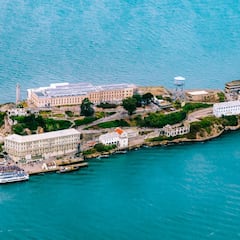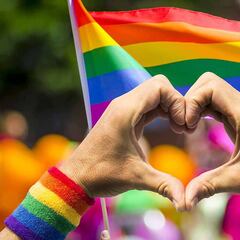Why does San Francisco have such a large asian community compared to other US cities?
The city’s Asian American community has thrived over the years, with various ethnic groups establishing their own neighborhoods and cultural centres.


San Francisco has a significant Asian population compared to other US cities due to its historical role as a major port of entry for Asian immigrants and its long-standing cultural and economic ties with Asia.
Today, approximately one-third of San Francisco residents are of Asian origin, with the Chinese community being the largest ethnic group. This is compared to the national average of 6.3%.
The history of the Asian community in San Francisco
The first wave of Asian immigrants to the United States were Chinese migrants who arrived through the ports of San Francisco during the Gold Rush in the 19th century. These immigrants played a crucial role in building the transcontinental railroad, which revolutionised American travel in the late 1800s. However, the Chinese Exclusion Act of 1882 prohibited Chinese laborers from immigrating to the US for 10 years, restricting the growth of the Chinese community.
San Francisco’s Japantown, established in the late 1800s, is the oldest Japantown in the country. During the Second World War, President Franklin D. Roosevelt signed an executive order forcibly interning Japanese Americans, many of whom were displaced from their homes in the Fillmore District.
Related stories
The Filipino community, which dates back over 100 years, has also had a significant presence in San Francisco. Historically, the community was centered in the Manilatown neighborhood, which was destroyed in the 1960s as part of urban renewal policies. However, the community rebuilt and today is represented in the South-of-Market (SOMA) Pilipinas District.
Other Asian ethnic groups, such as the Vietnamese, Korean, and Indian communities, have also established their own cultural hubs in San Francisco. Little Saigon in the Tenderloin is a cultural center for the Vietnamese community, while the Korean Center in the Cathedral Hill neighborhood promotes Korean culture and history. The annual Spring India Day celebration in Union Square showcases Indian culture through traditional performances and food.

